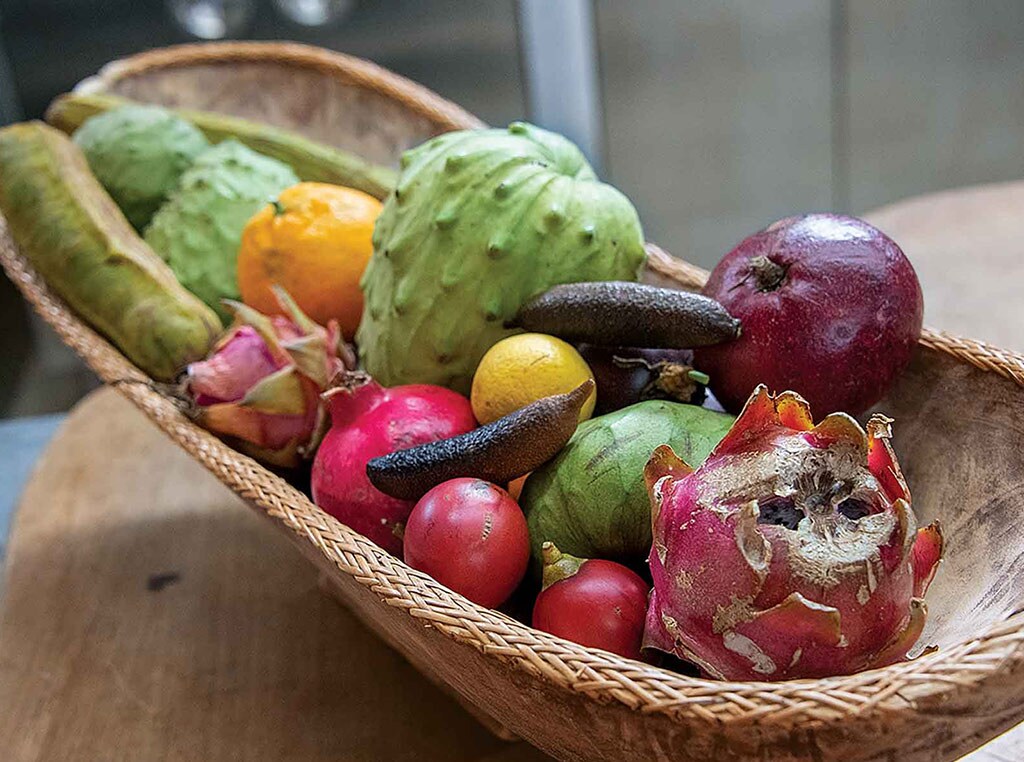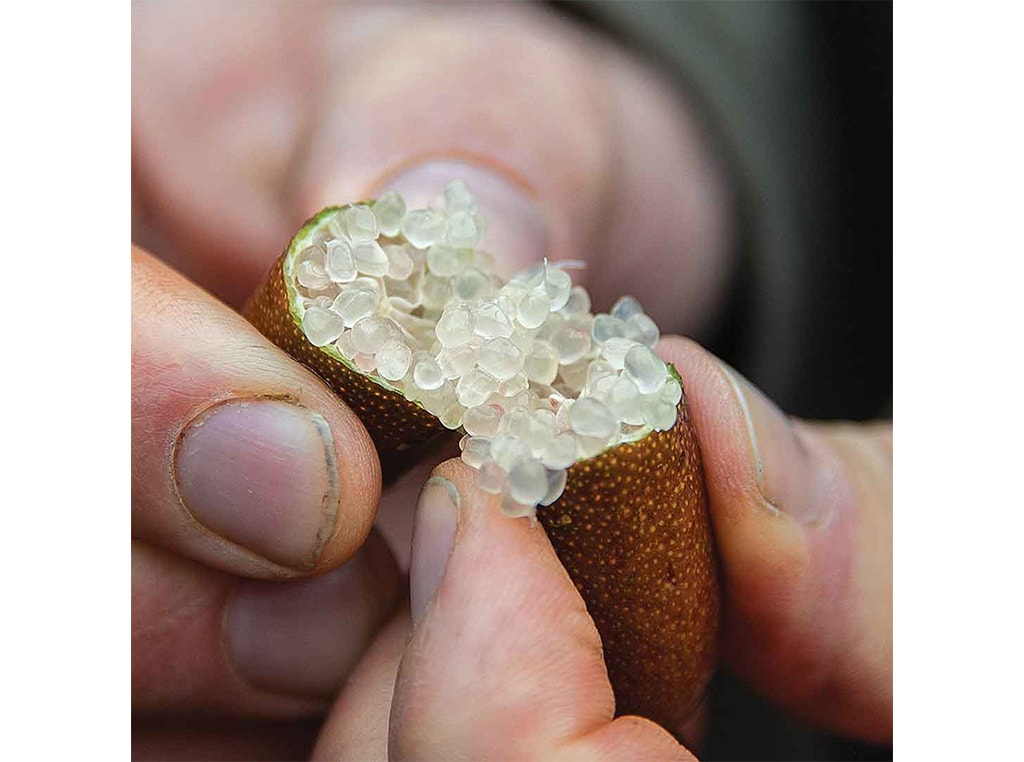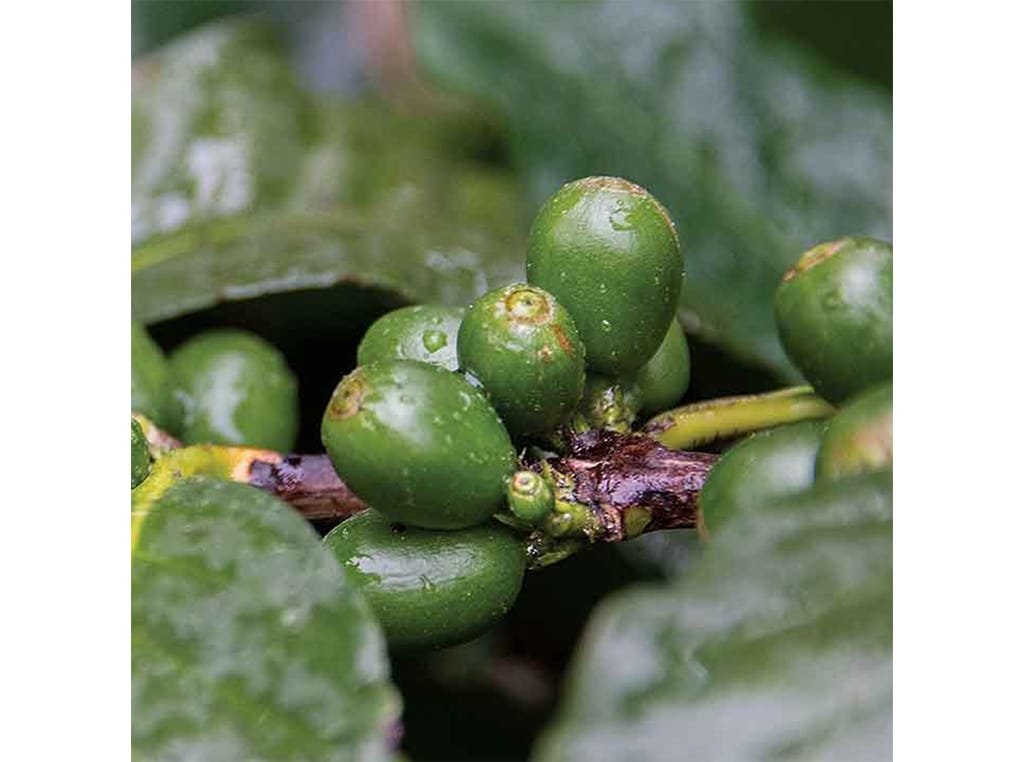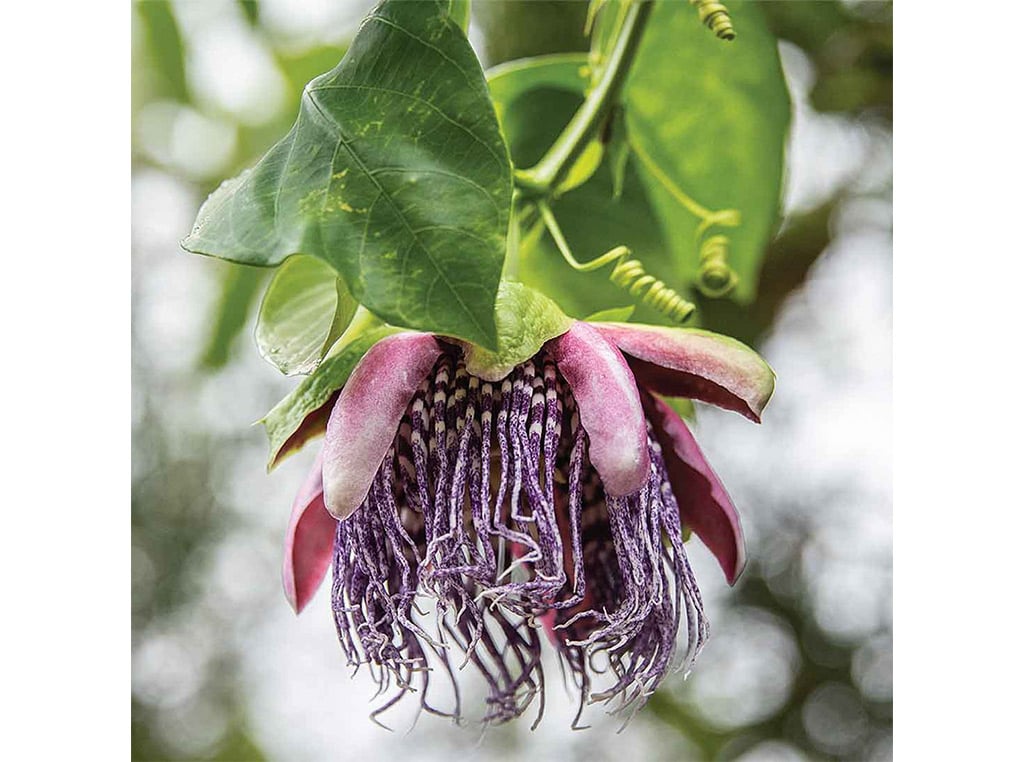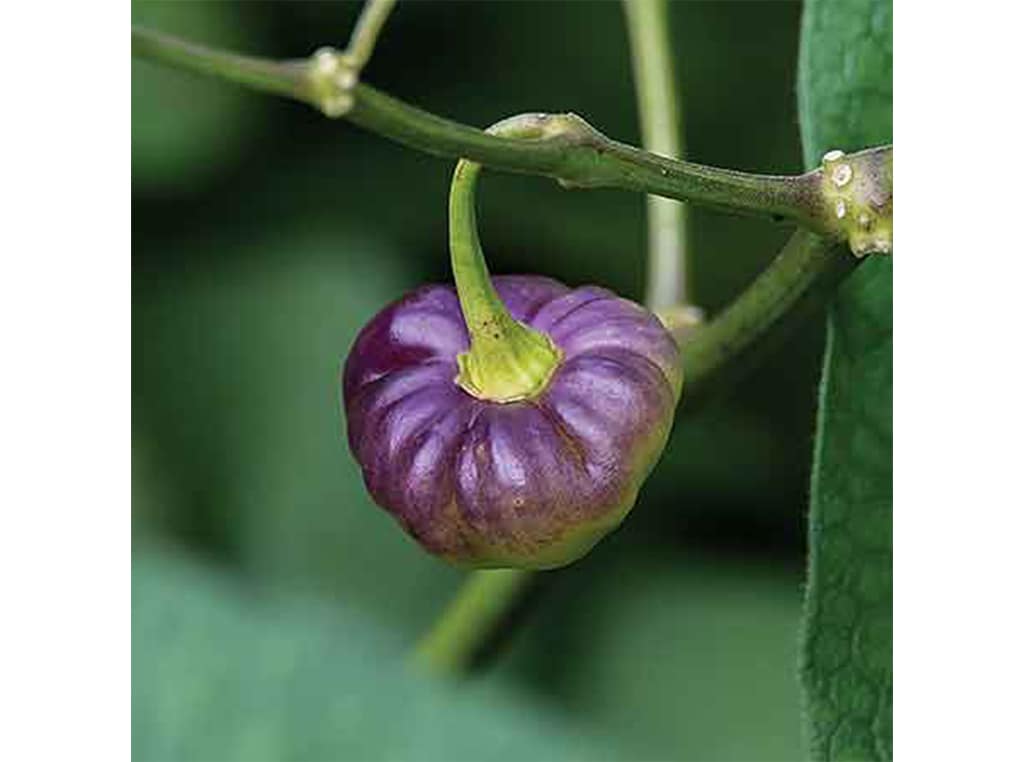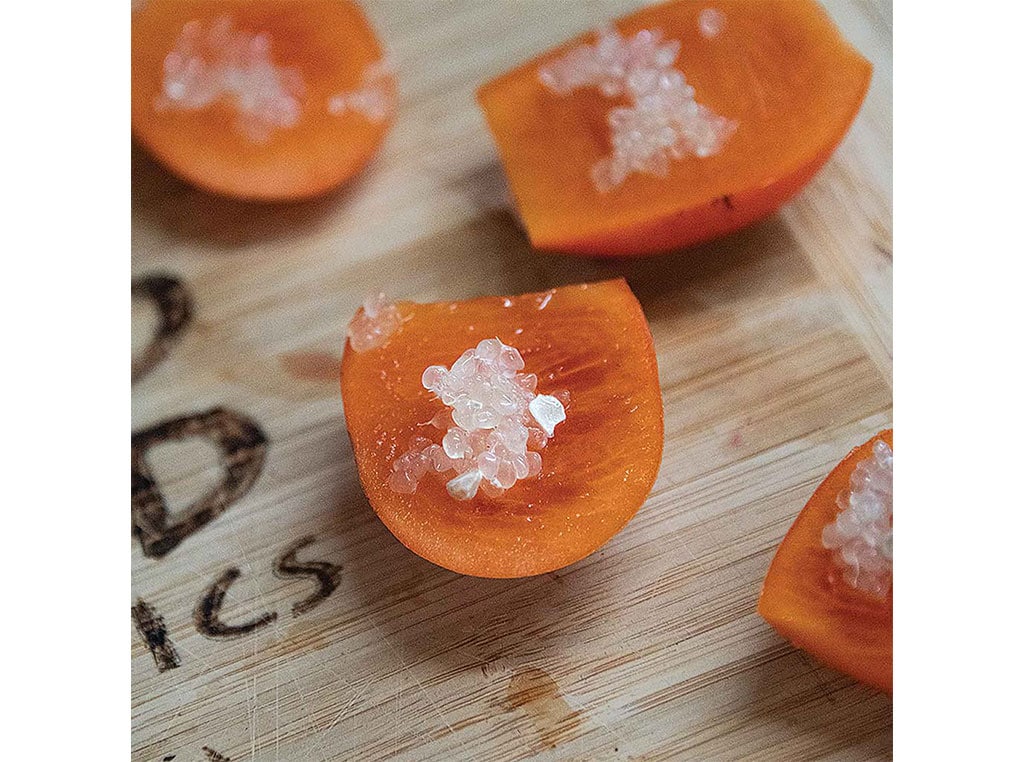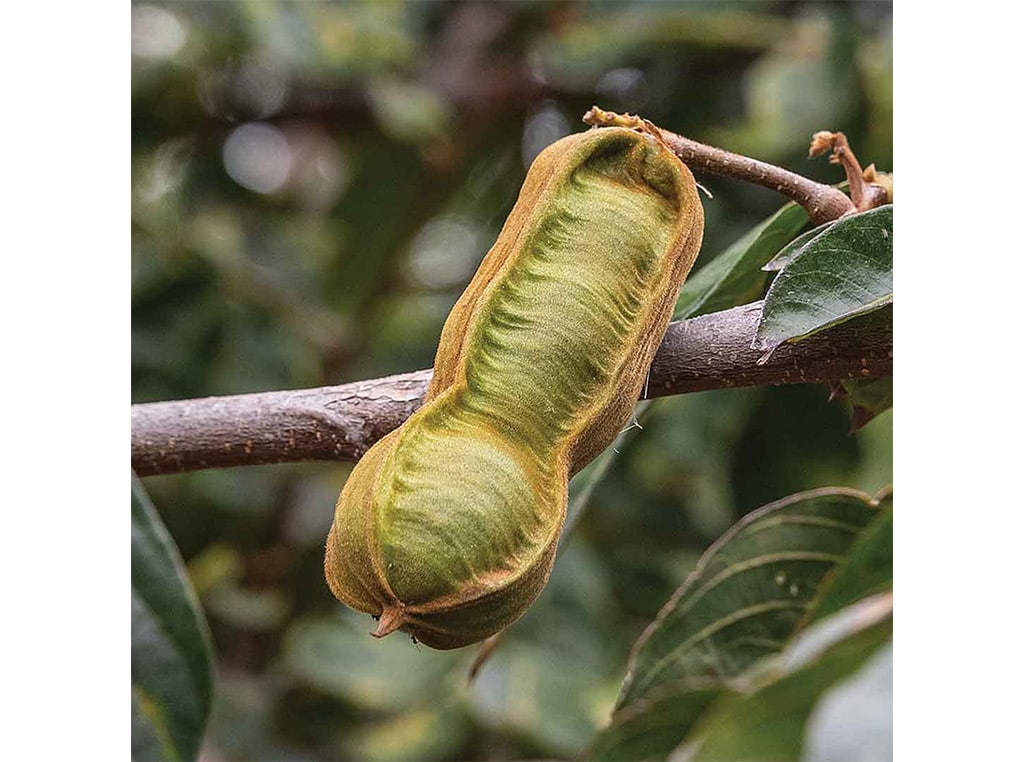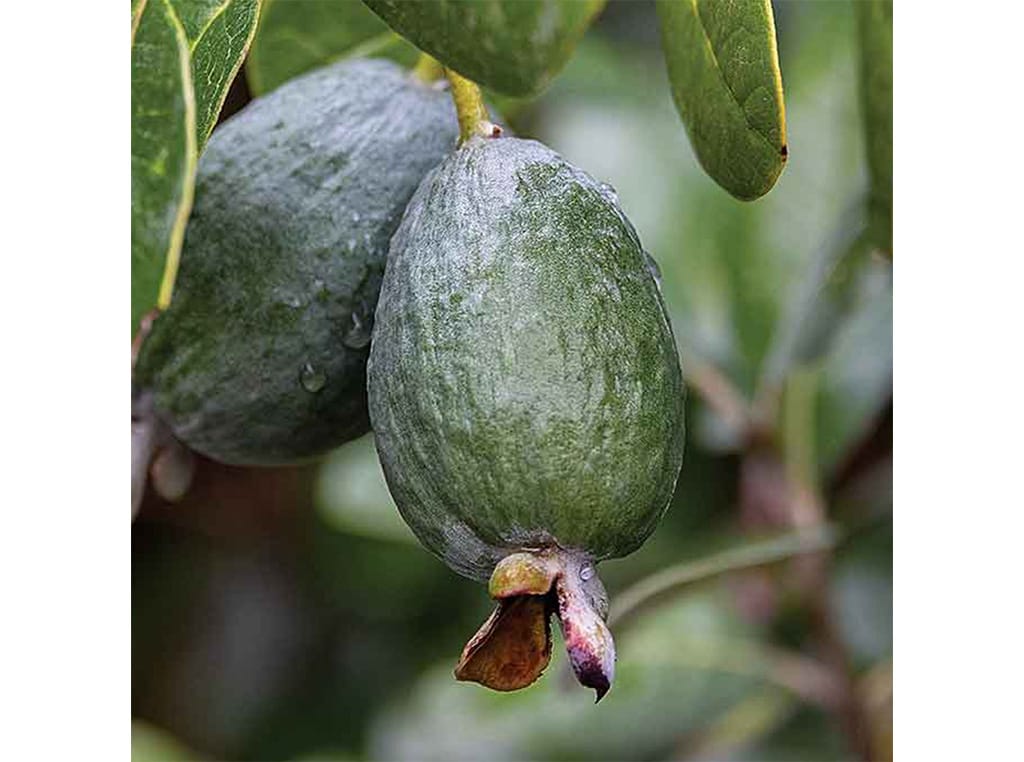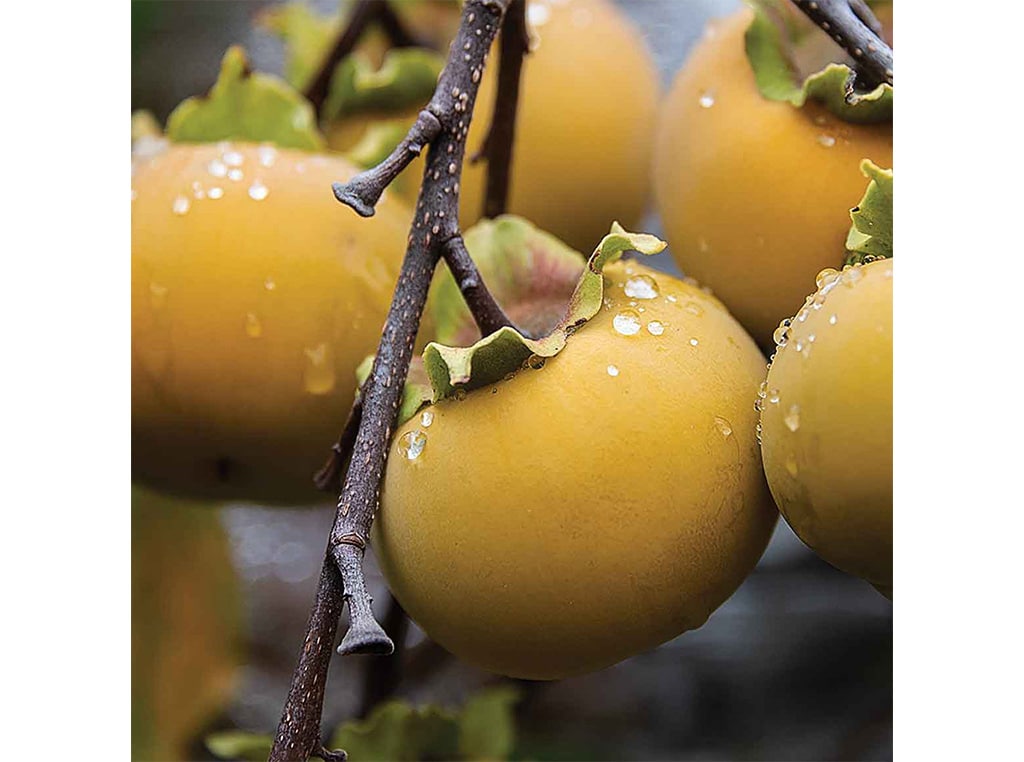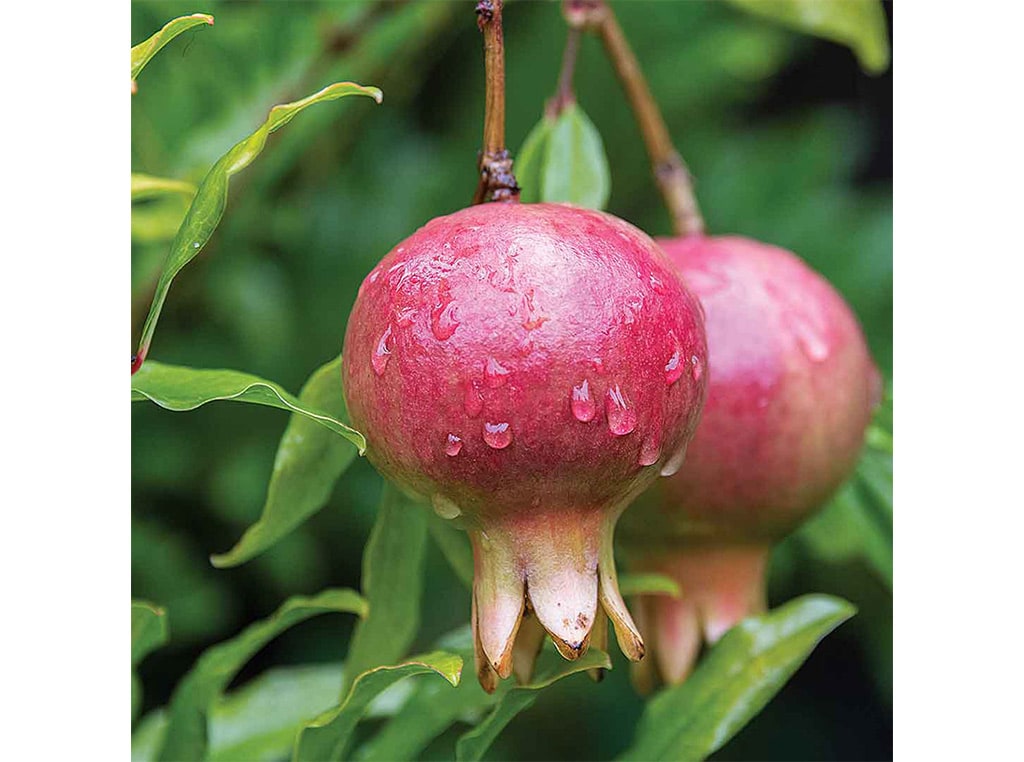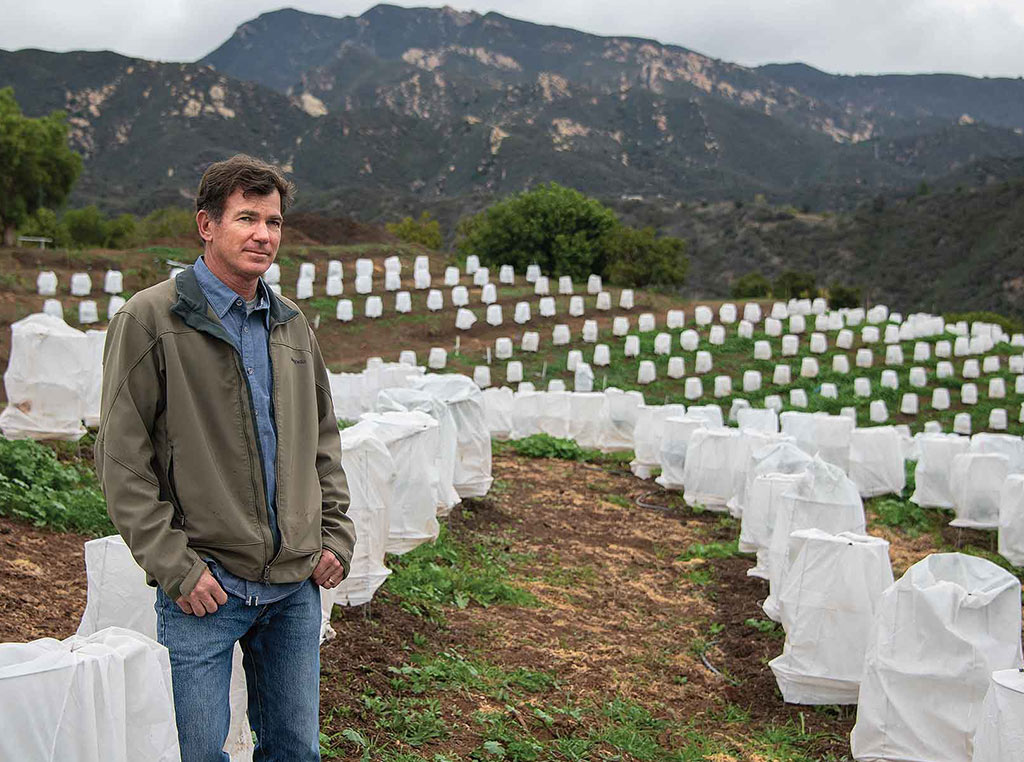Agriculture, Specialty/Niche June 01, 2023
Exquisite Taste
.
Rare fruits offer exciting challenges.
Beyond apples and cherries, peaches and pears, there's a world of flavor and adventure. Creamy cherimoya. Tart persimmon and pomegranate. Floral Chilean myrtle berry. Rare and exotic fruits can bring a host of exciting new tastes, colors, and forms to your homestead, whether just to share with friends or to diversify a farm business. And although many rare fruits conjure images of tropical shores, there is a surprising number that can thrive in cooler climates.
Jay Ruskey of Good Land Organics and FRINJ Coffee in the foothills of the Santa Ynez Mountains near Goleta, California, started his farming career hand-pollinating cherimoyas, or custard apples, as a teen and selling them at farmers' markets.
His steep 42-acre farm is now home to a wide range of fruit trees as well as 4,000 coffee plants. Ruskey points out that unique fruits can give small farmers an edge—a way to avoid crowded commodity markets and gather premiums for fresh produce.
Charmed. Ruskey has spent decades working with University of California Extension specialists to test exotic plants to see how they grow in the area, and even helping imported plants through the quarantine and crop development process. He has been charmed lately by Inga edulis, a member of the bean family that he originally planted as a nitrogen-fixing windbreak.
"Last year was kind of the year of the ice cream bean, Inca edulis," Ruskey says. "It's just been this fascinating crop that supplies me with so many different solutions. I generally like to grow coffee with avocados, but avocados are hard to find and they're slower to grow. This ice cream bean has a fruit within 2 or 3 years; it's wonderful to have a tree that has a quick crop. It's a beautiful tree, and it's hardy—when we have high winds or a spike in heat, it takes a beating for a bit, but jumps back in 6 to 8 weeks. I haven't explored all the factors of the ice cream bean, and we'll be doing that. In the meantime, it's everything I want in a tree."
Ice cream bean thrives in USDA hardiness zones 9 to 11, though some nurseries encourage people in cooler areas to plant them in pots and keep them on patios. Other species, like cold-hardy kiwis and elderberries, or North American natives like pawpaws and persimmons, are acclimated to Midwestern or Eastern climes.
At One Green World, a nursery in Portland, Oregon, Andrew Roberts notes that buyers are often pleasantly surprised to learn that fruits like Chilean myrtle berry and pineapple guava, or feijoa, are not fussy plants.
"A lot of them are pretty easy to grow compared to some of the more formal plants," Roberts says. "Chile has a hot summer and a cold, wet winter. A lot of those plants are pretty acclimated to growing on their own."
Check nursery websites for details on the soils, irrigation regimens, and nutrient requirements of species you're interested in growing, Roberts suggests. Pay special attention to pollination needs, he adds, pointing out that some species require both male and female plants to produce fruit, and may not be fertilized by local bees, butterflies, or birds.
"People typically finger-pollinate these," he says, pointing to a pineapple guava. "Pollinators don't like this one—the flower is so exotic-looking."
A fruit bowl displays treasures at Good Land Organics. Andrew Roberts at One Green World nursery. Finger lime (or caviar lime). California coffee. Passion fruit's striking flower. Saipan cherry. Finger lime on persimmon slices. Ice cream bean. Pineapple guava, or feijoa. Persimmon. Pomegranate. Jay Ruskey of Good Land Organics and FRINJ Coffee stands beside young coffee plants near Santa Barbara, California. He points out that online resources and groups can provide great insight into growing unusual crops.
Analogues. Look over your neighbor's fence. Ruskey's wheels start turning when he sees plants that grow in the same conditions as the crops he's considering.
"You're looking and categorizing certain crops that have similar environmental, chemical, and water requirements, so you can start connecting a few more dots," Ruskey explains. "Like for us growing coffee, I look for avocados. If avocados do well there, especially if they've been there 20 years, it's a great indicator.
"The terrain really dictated some of my crop choices," he adds. "We then narrow down environmental factors, saying, 'what is it from a soil type to irrigation chemistry and water supply? What can that support?' Then there's all these other secondary factors, like wind direction, orientation to the sun, or frost accumulation in the low points, and you have to weigh those out," Ruskey says.
In all, exotic fruits can be good fun and good business, he notes—especially for growers of perennial crops, businesses that are impossible to turn on a dime.
"I honestly feel in today's dynamic markets and environment, you should always have one or two main crops and a third one you're thinking about because in this business there are always changes in markets, imports, pests, and diseases," he says. "For the long-term health and survival of a farm, part of that is thinking of the future—and specifically with perennial crop production, you have to think even a little further ahead.
"And it sure helps if you really like what you're growing," he says with a chuckle. "I mean, none of this is easy, and it's so much easier to get through the difficult times farming when it's a crop you have a passion for." ‡
Read More

AGRICULTURE, RURAL LIVING
Clicking Best of Both Worlds Together
Family builds full life on and off 5th generation farm.

SPECIALTY/NICHE
Outdoor Cooking
The humble outdoor barbecue is going upscale.


